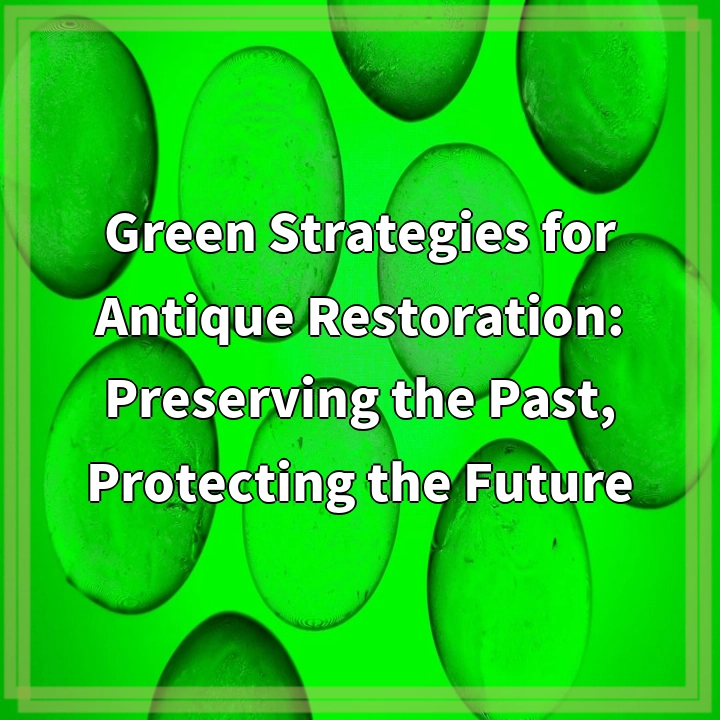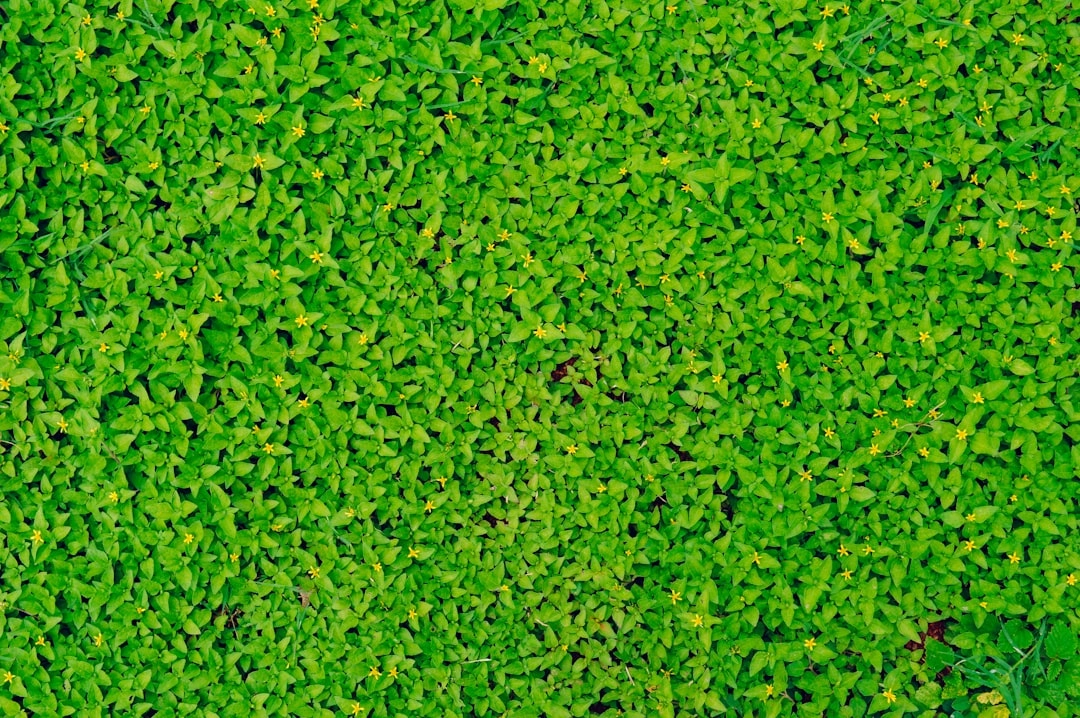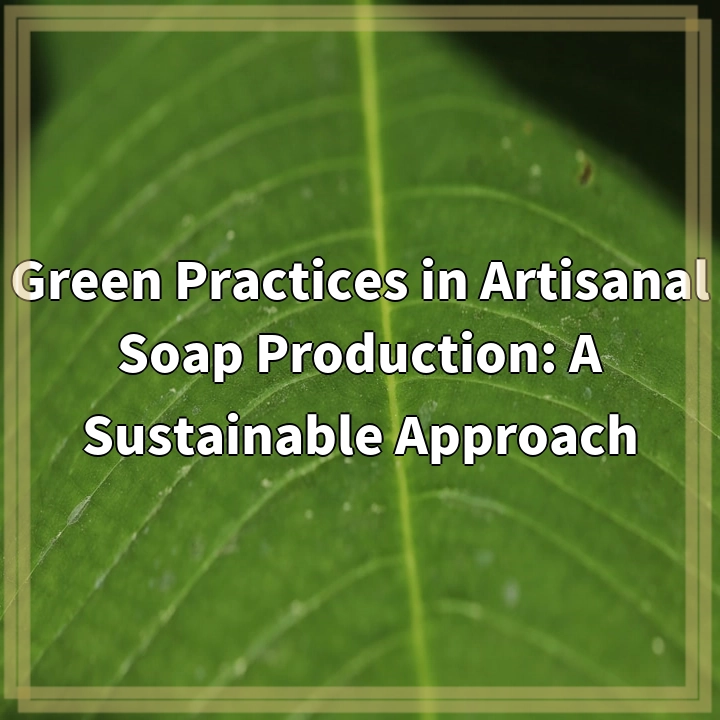
What it is:
Green strategies for antique restoration refer to the use of sustainable and environmentally-friendly methods and materials in the process of restoring and preserving antique items. It involves adopting practices that minimize negative environmental impacts, reduce waste, and prioritize the long-term sustainability of the restoration process.
Real-world problems:
While antique restoration is an important activity for preserving our cultural heritage, it can also present a range of environmental challenges:
1. Chemical pollution:
Traditional restoration methods often involve the use of harsh chemicals, such as solvents, adhesives, and finishes, which can release harmful pollutants into the air and water. These chemicals can have detrimental effects on human health and ecosystems.
2. Waste generation:
Restoration projects generate a significant amount of waste, including old finishes, scraps, and discarded materials. Improper disposal of this waste can contribute to landfill pollution and further strain our already burdened waste management systems.
3. Deforestation and habitat destruction:
Many antique items, such as furniture, musical instruments, and artwork, are made from rare or exotic woods. The demand for these materials can contribute to deforestation, habitat destruction, and the loss of biodiversity.
4. Energy consumption:
The restoration process often requires energy-intensive activities, such as sanding, heating, and drying. High energy consumption contributes to greenhouse gas emissions, exacerbating climate change and its associated environmental impacts.
5. Lack of awareness and education:
There is often a lack of awareness among restorers, collectors, and consumers about the environmental impact of traditional restoration practices. This can lead to a perpetuation of unsustainable methods and a missed opportunity to promote greener alternatives.

Solutions for Green Antique Restoration:
1. Use of eco-friendly materials:
Opt for sustainable materials, such as water-based finishes, natural adhesives, and low-VOC (volatile organic compound) products. These alternatives are less harmful to human health and the environment.
2. Waste reduction and recycling:
Implement strategies to minimize waste generation during the restoration process. Salvage and repurpose materials whenever possible, and ensure proper recycling of any waste materials to divert them from landfills.
3. Ethical sourcing of materials:
Choose antique items made from responsibly sourced materials or consider restoring items using reclaimed or salvaged materials. This reduces the demand for new resources and helps protect forests and habitats from further degradation.
4. Energy-efficient restoration practices:
Adopt energy-saving techniques such as using energy-efficient tools and equipment, optimizing workspace lighting, and implementing proper insulation. This reduces energy consumption and minimizes the carbon footprint of the restoration process.
5. Education and awareness:
Engage in educational initiatives to raise awareness about the environmental impact of traditional restoration practices. Promote the benefits of green restoration methods and provide resources and workshops to encourage the adoption of sustainable techniques among restorers and consumers.















